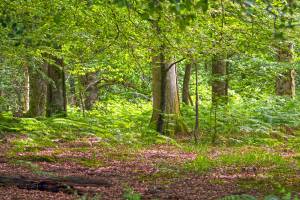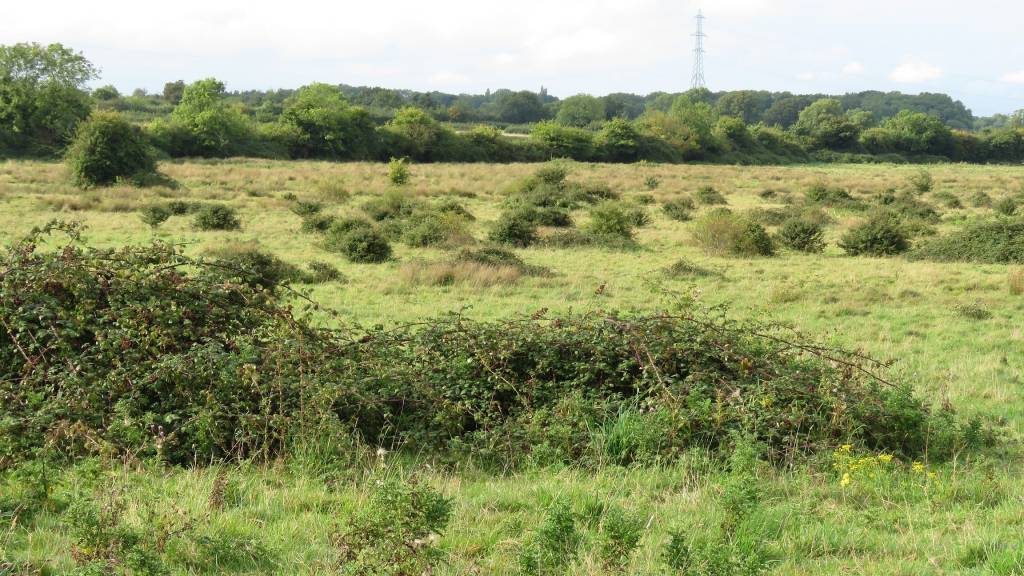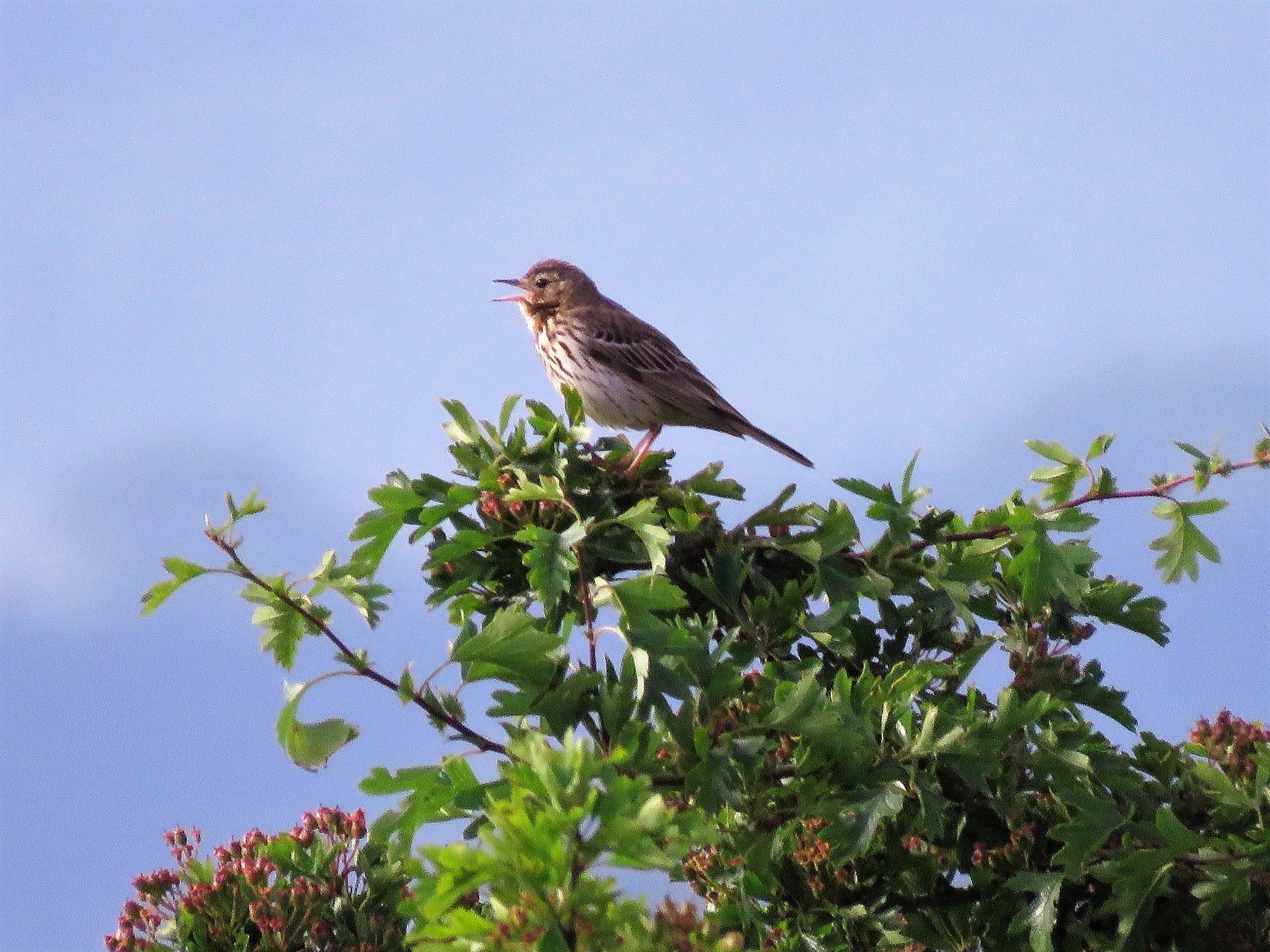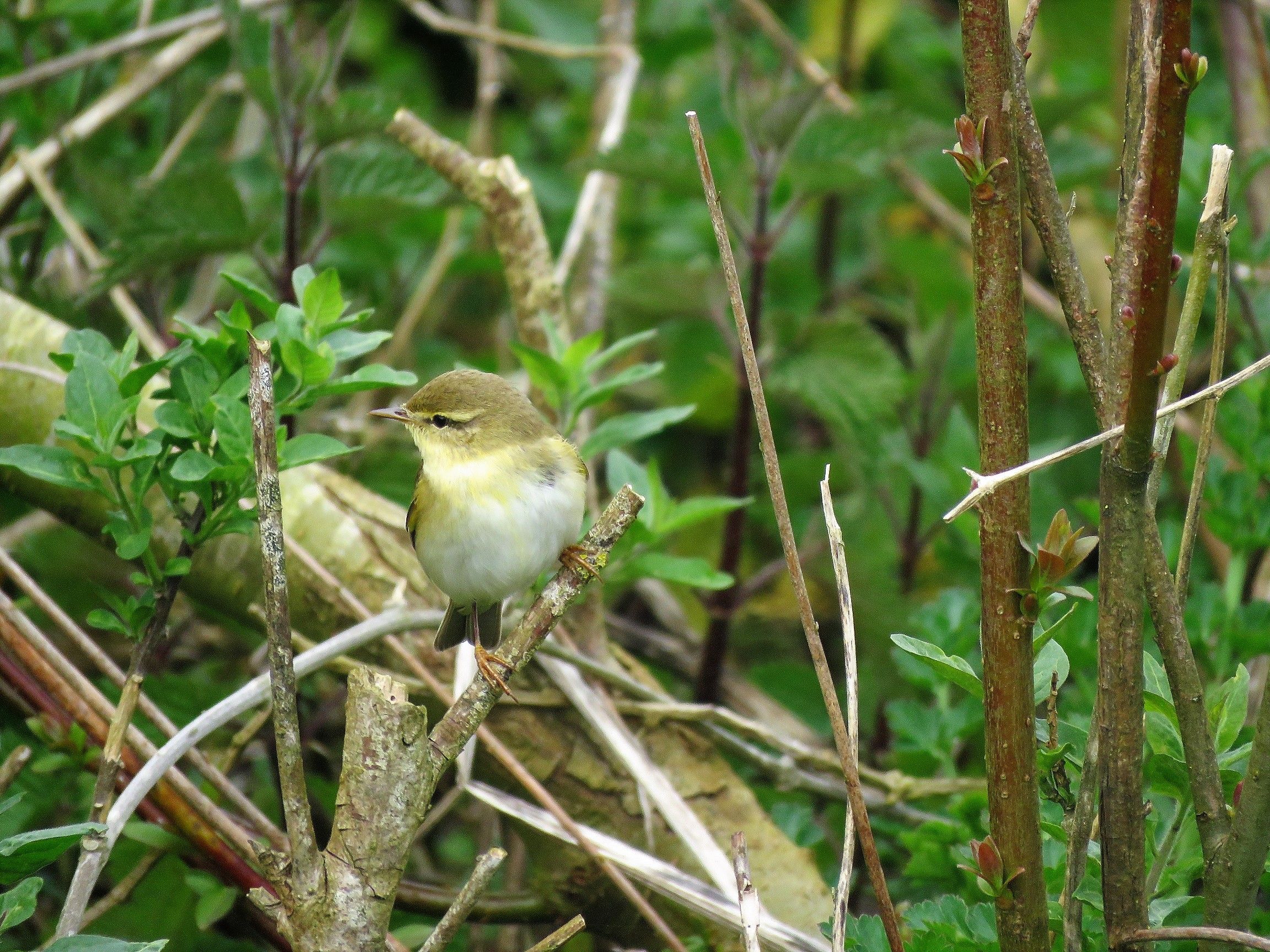 Introduction
Introduction
We are lucky enough to receive regular, positive feedback for our Treemails. Dawn Lawrence from Wessex Ecological Consultancy wrote to us to ask if she could submit an article for circulation on the subject of Natural Woodland Regeneration and how it can assist the current climate and ecological situation. We were delighted to agree and hope you find what she has to say of interest.
Some 14,000 years ago, as the last Ice Age ended and the glaciers retreated, the plants came marching close behind. Tiny but tough mountain plants covered the bare ground but, as the climate warmed, woody species began to take over.
Pioneers such as birches and sallows were followed by elms, limes, oaks, beech and ash until all our native trees and shrubs had arrived. This process is known as succession and it ends when the natural climax vegetation is established. In most parts of Britain this is woodland.

The dominant species vary. Limewoods colonised the better soils, sessile oakwoods the dry acidic ones, alder carr in wetter areas, and so on. All these woodlands maintain themselves, by the natural regeneration of the trees and shrubs, which can be by seed, by suckers or by layering.
We can harness natural regeneration, especially next to ancient woodland and hedges, to create new woodlands today. When open ground is abandoned succession to woodland will begin. Low plants are rapidly overtaken by tall herbs such as nettle and teasel. Then come the smaller, thorny shrubs – brambles, roses, blackthorn – creating patches of scrub which gradually knit together to form areas of dense cover. The scrub shelters tree seedlings and protects them from grazing animals until, at last, the young trees overtop the scrub so that, within a very few decades the area has “tumbled down to woodland”.

Scattered scrub adds wildlife value to rough grassland
There are many advantages to natural regeneration as a method of woodland creation. It is low cost and grants are available when the seed sources and potential rate of succession are good enough. Plastic tree guards are not required, neither are mowing, weed control, nor the addition of fertiliser. Natural regeneration allows the spread of native species, helping adaption to our changing climate and each stage fixes carbon to help control climate change. The spread of plant disease is minimised, since seeds come from stock already growing healthily nearby.
In addition, each stage of the succession attracts wildlife with goldfinches and peacock butterflies appearing with the tall herbs and willow warblers and even nightingales in the scrub, to name but a few. Both tall herbs and scrub are temporary habitats but very rich in wildlife, and they are largely missing from the modern British countryside. Many organisations, from Plantlife to the Wildlife Trusts, praise the benefits of natural regeneration in creating scrub and woodland, always preferring land which is currently of low wildlife value – a restriction that applies just as strongly to tree-planting. Habitats such as herb-rich grassland or wetland are better managed for their current wildlife interest and not converted to scrub or woodland.
- Tree pipit on hawthorn
- Willow warbler in sallow scrub
We need to sequester CO2 and increase our biodiversity in the face of current climate and ecological crises and new woodland creation by natural regeneration offers a cheap, easy and ecologically interesting way of doing this. Mother Nature is waiting to help – we just need to give her the opportunity to get going.


